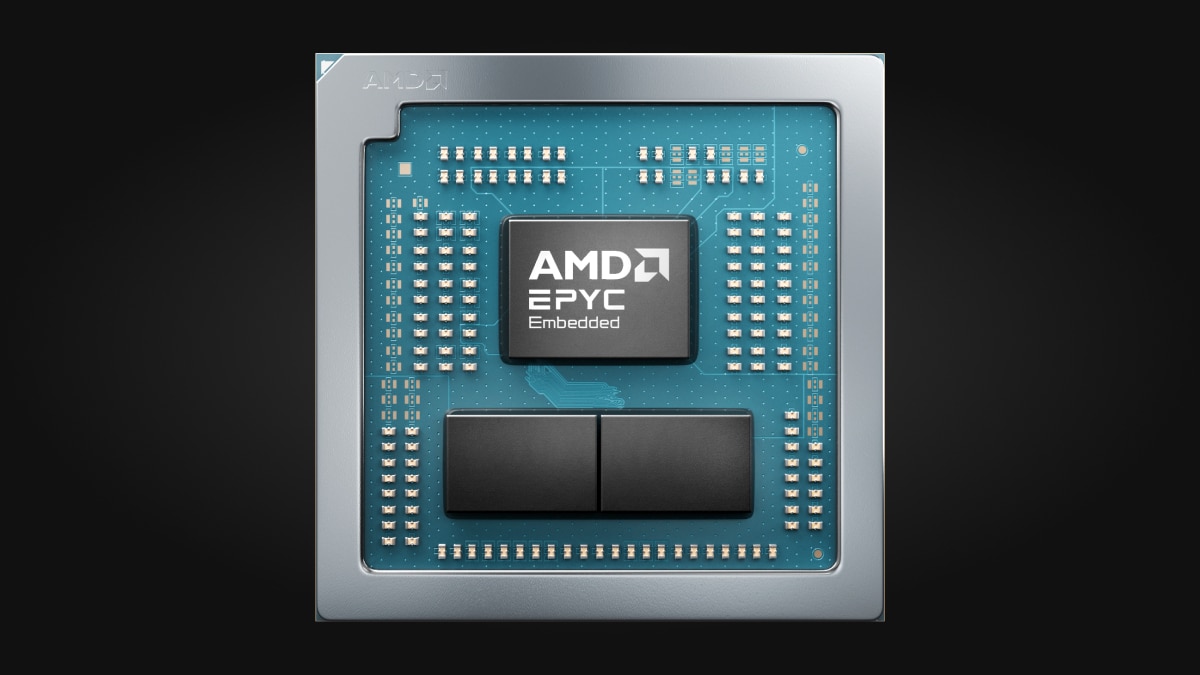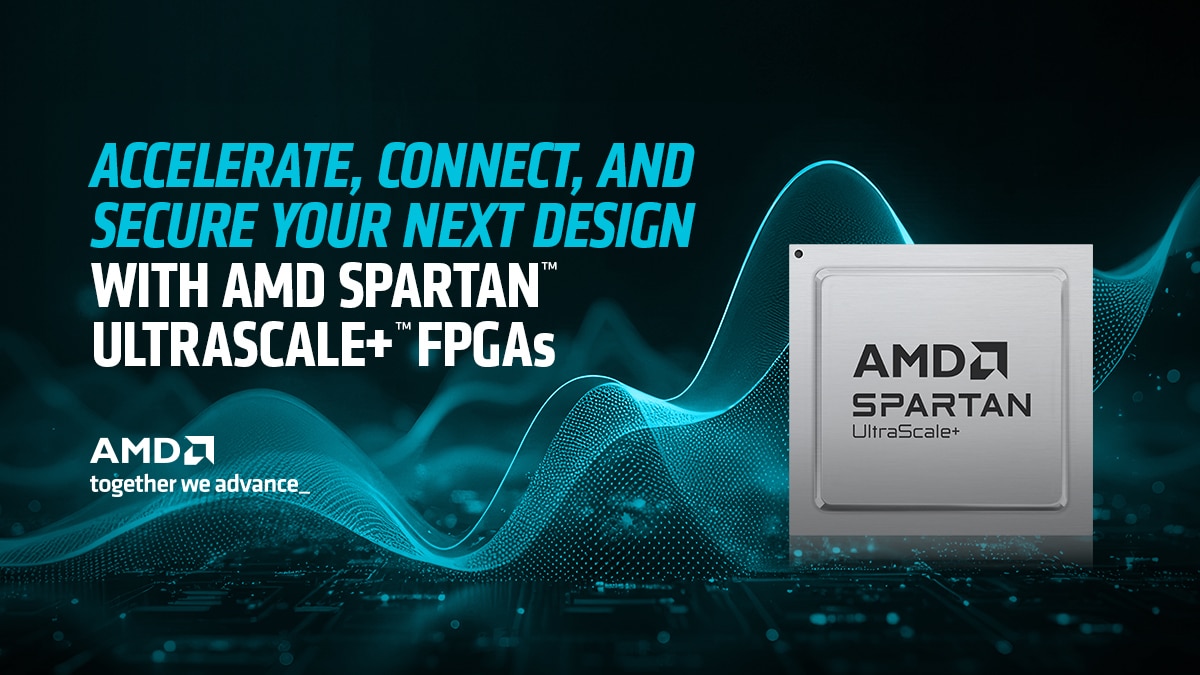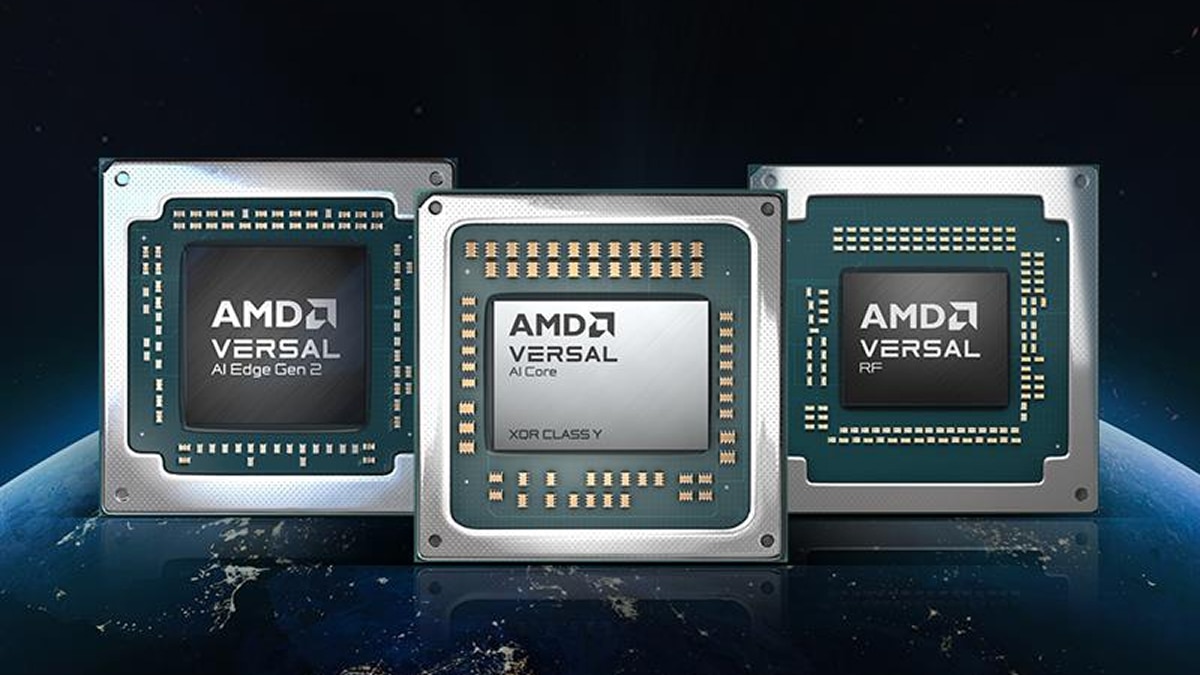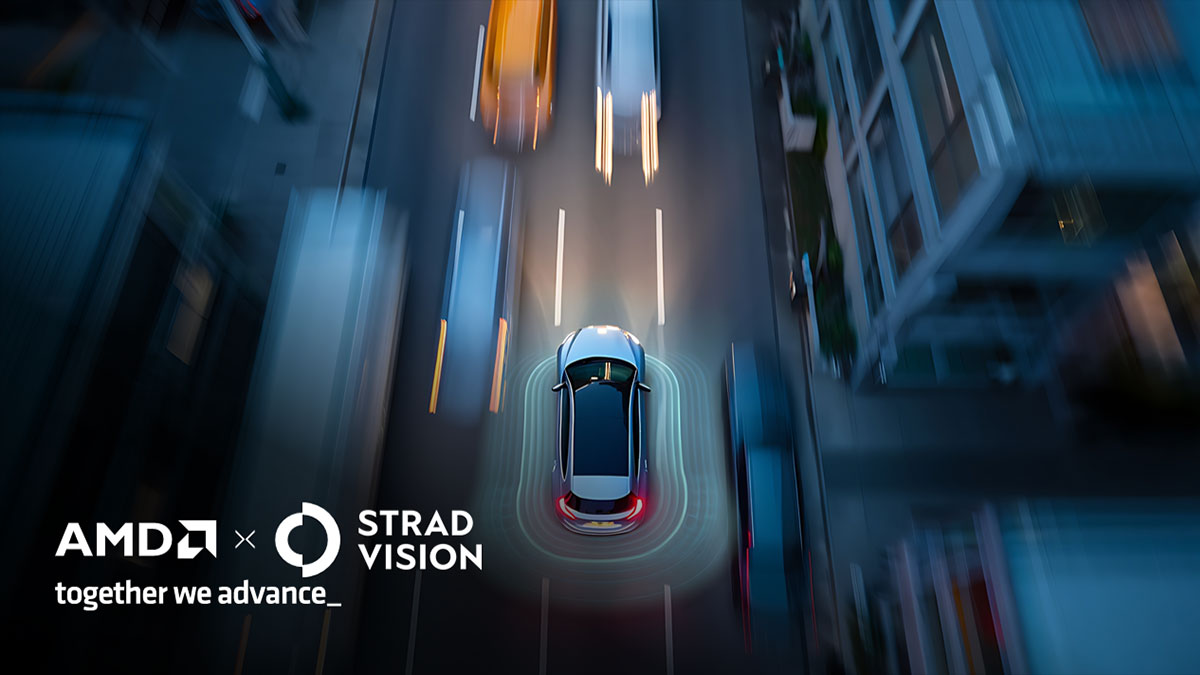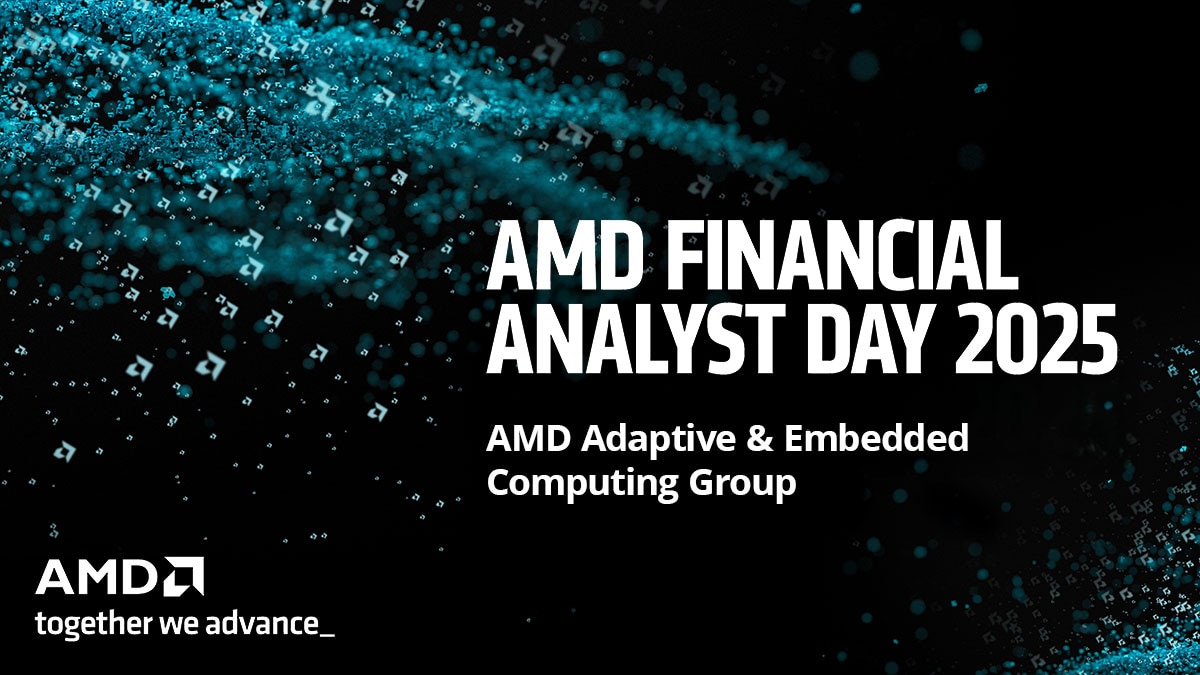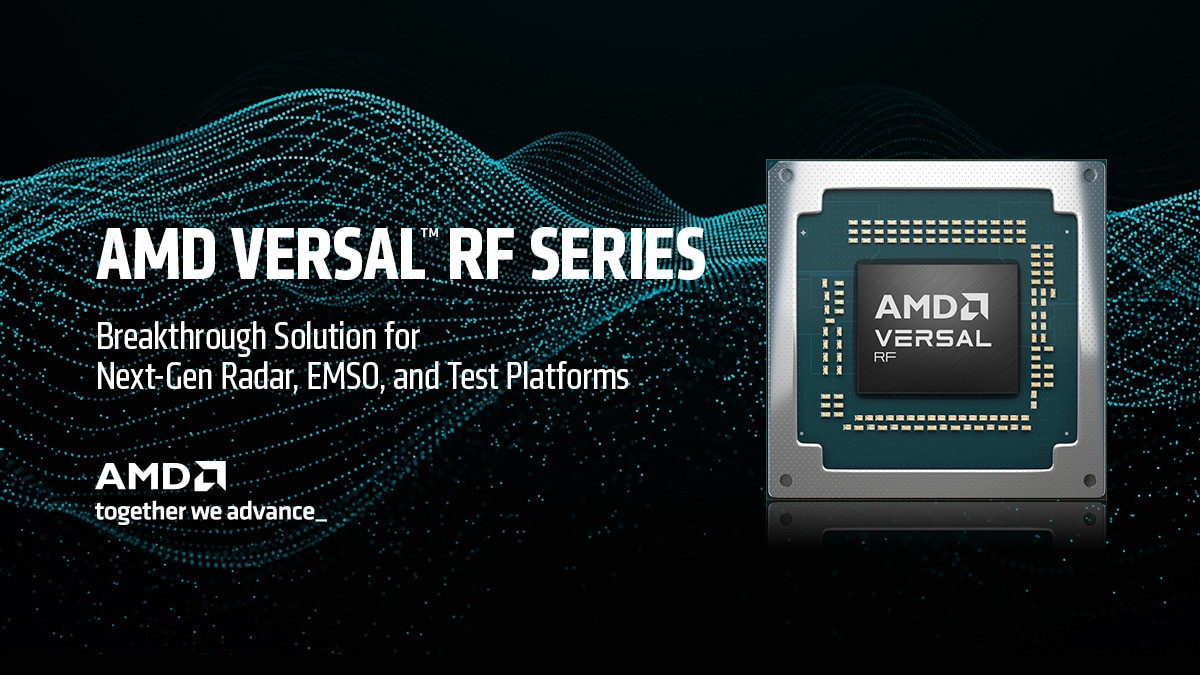From Invention to AI Acceleration: Celebrating 40 Years of FPGA Innovation
Jun 02, 2025

This year marks the 40th anniversary of the first commercially available field-programmable gate array (FPGA), introducing the idea of reprogrammable hardware. By creating “hardware as flexible as software,” FPGA reprogrammable logic changed the face of semiconductor design. For the first time, developers could design a chip, and if specs or requirements changed mid-stream, or even after manufacturing, they could redefine its functionality to perform a different task. This flexibility enabled more rapid development of new chip designs, accelerating time to market for new products and providing an alternative to ASICs.
The impact on the market has been phenomenal. FPGAs launched a $10+ billion industry and over the past four decades we have shipped more than 3 billion FPGAs and adaptive SoCs (devices combining FPGA fabric with a system-on-chip and other processing engines) to more than 7,000 customers across diverse market segments. In fact, we’ve been the programmable logic market share leader for the past 25 consecutive years, and we believe we are well positioned for continued market leadership based on the strength of our product portfolio and roadmap.
Accelerating Innovation
The FPGA was invented by the late Ross Freeman, co-founder of Xilinx, Inc. (now part of AMD), an engineer and innovator who felt that there must be a better, and more cost-effective way to design chips, beyond standard fixed-function ASIC devices. FPGAs provided engineers with the freedom and flexibility to change chip designs on the fly, with the ability to develop and design a custom chip in a single day. FPGAs also helped pioneer the "fabless" business model that transformed the entire semiconductor industry. By eliminating the need for custom mask tooling and the associated non-recurring engineering costs, FPGAs helped accelerate hardware innovation by demonstrating that companies didn't need to own a foundry to create breakthrough hardware – they just needed vision, design skills, and an FPGA.

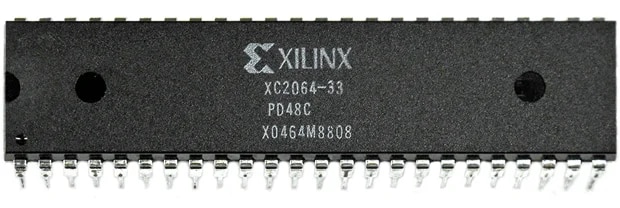
In the 40 years since the world’s first commercial FPGA (XC2064) shipped, the FPGA has become ubiquitous in the electronics landscape and deeply embedded in everyday life. Today, adaptive computing devices, including FPGAs and adaptive SoCs and System-on-Modules (SOMs), can be found in everything from automobiles, railroad cars and traffic lights to robots, drones, spacecrafts and satellites to wireless networks, medical and test equipment, smart factories, data centers, and even high-frequency trading systems.
Key Innovations and Product Milestones
AMD innovations and evolving market needs have led to many amazing breakthroughs in FPGA technology over the past 40 years.
- 1985: XC2064 – first commercial FPGA
- 1990s: XC4000 and Virtex™ FPGAs – first with embedded RAM and DSP for wireless infrastructure.
- 1999: Spartan family launched – providing a cost-effective alternative for traditional ASICs for high-volume applications.
- 2001: First FPGA with integrated SerDes.
- 2011: Virtex-7 2000T becomes industry's first production deployment of Chip-on-Wafer-on-Substrate (CoWoS) packaging -- helping to pioneer the use of advanced 2.5D integration techniques that have become the foundational for HPC systems, and is now powering the wave of GPU innovations for AI.
- 2012: Zynq family – first adaptive SoC combining Arm CPUs with programmable logic.
- 2012: Vivado™ Design Suite – made FPGA design accessible to software developers.
- 2019: First Versal adaptive SoCs launched -- introducing dedicated AI Engines and a programmable network-on-chip (NOC).
- 2019: Vitis™ Unified Software Platform – offering pre-optimized AI tools and abstraction layers for faster inference.
- 2024: Versal AI Edge Series Gen 2 – integrating programmable logic, CPUs, DSPs, and AI Engines for first end-to-end AI acceleration on a single chip, and is powering a new generation of applications that demand heterogeneous, low-latency, and power-efficient compute.
- 2024: Spartan UltraScale+ FPGA family, adding to our extensive portfolio of cost optimized FPGAs and adaptive SoCs and delivering cost- and power-efficient performance for I/O-intensive applications at the edge.
The introductions of Vivado and Vitis software have been significant in helping to drive market expansion. Vivado software allows developers to streamline workflows, reduce development cycles, and unlock higher performance with advanced features such as high-level synthesis, machine learning optimizations, and seamless IP core integration.
The Vitis™ developer environment brought pre-optimized tools and abstraction layers to help accelerate AI inference. The latest release (2024.2) includes new functionality, such as a standalone tool for embedded C/C++ design and enhancements to simplify the use of AMD Versal adaptive SoCs with AI Engines. We continue to invest in these tools to make users more productive and able to take advantage of new and evolving data types and AI models.
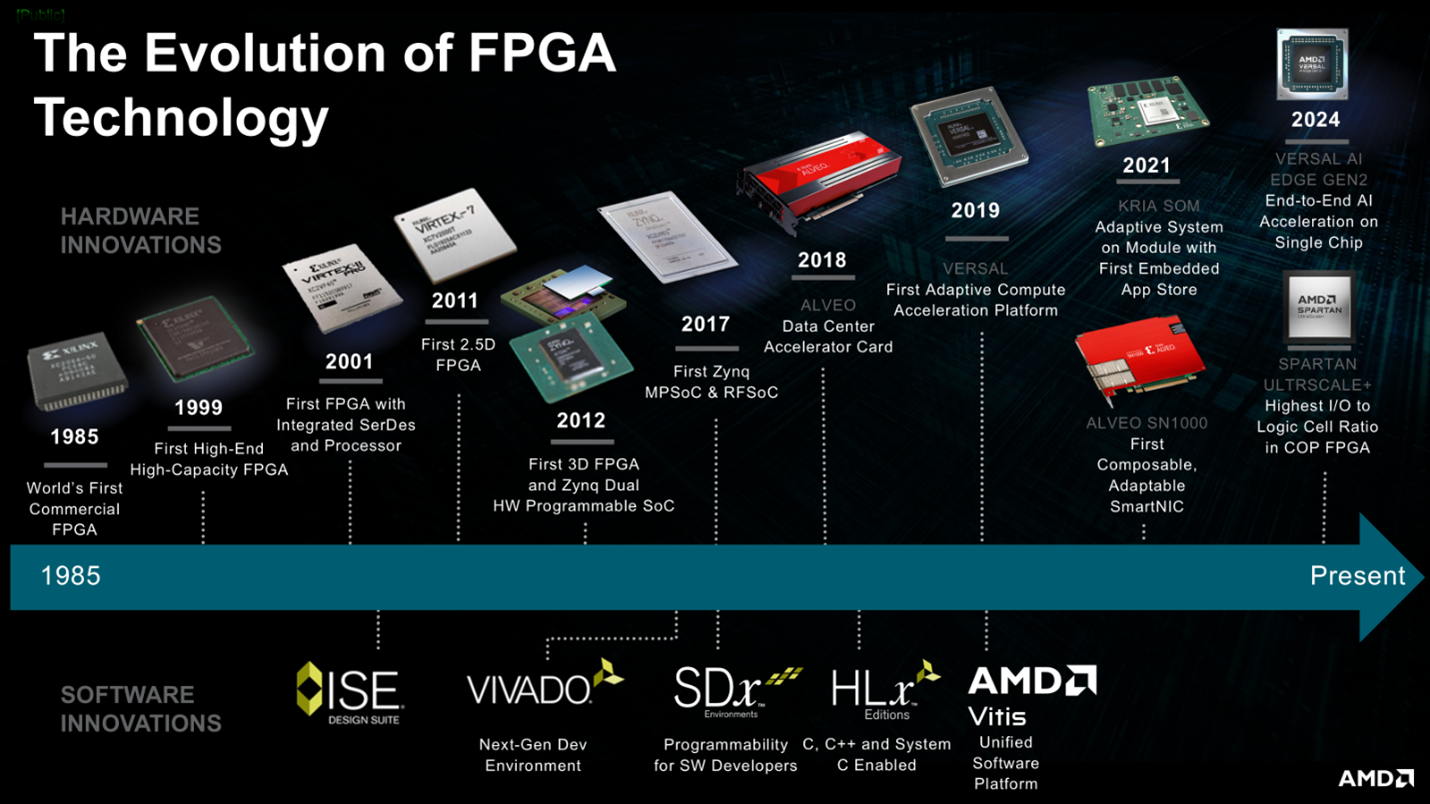
AI at the Edge
Today, most AI workloads run on data center GPUs. However, a growing amount of AI processing is happening at the edge. FPGA technology is at the forefront of the rapid growth of AI infused applications across a wide spectrum of industries. FPGAs and adaptive SoCs provide low latency processing of sensor data in real time, enabling accelerated AI inference at the edge. And with the recent introduction of smaller generative AI models, we can see a “ChatGPT moment” coming to the edge, where these new AI models can run on edge devices, whether on an AI PC, in your vehicle, a factory robot, in space or any embedded application.
Here are just a few examples of how AMD adaptive computing technology is enabling edge AI workloads, today:
- NASA – AMD Virtex FPGAs enable AI on NASA Mars rovers for image detection, matching and rectification, and filtering out useless data before sending it back to Earth. Additionally, the latest space-grade Versal AI Edge adaptive SoCs bring accelerated AI inferencing to space with enhanced AI Engines optimized for ML applications.
- Subaru – Has chosen the AMD Versal AI Edge Series Gen 2 adaptive SoC to bring AI capabilities into its next-generation ADAS “EyeSight” driver-assist safety system.
- SICK – AMD Kintex™ UltraScale+™ FPGAs and FINN ML framework help SICK enhance factory automation by delivering fast and accurate parcel inspections.
- Radmantis – AMD Kria™ adaptive SOM devices are enabling real-time AI inference to advance sustainable fish farming.
- JR Kyushu – One of Japan’s largest bullet train operators is using AMD Kria SOMs for real-time image processing for its AI-based track inspection system
- Clarius – Is using AMD Zynq UltraScale adaptive SoCs to help AI identify regions of interest in its handheld ultrasound device.
Looking to the Future
We see FPGA-based adaptive computing continuing to drive breakthroughs in edge AI applications for automated driving, robotics and industrial automation, 6G networks, climate change, drug discovery, scientific research, and space exploration. As we commemorate the 40th anniversary of the FPGA, we are extremely proud to have invented this technology and reflect on how far it’s come, and its promising impact over the next 40 years. Developers working on cutting-edge and market-leading products continue to use FPGA technology to drive innovative chip designs, power hardware-assisted verification and to accelerate time to market. AMD is committed to leading the evolution of this amazing technology for decades to come.


